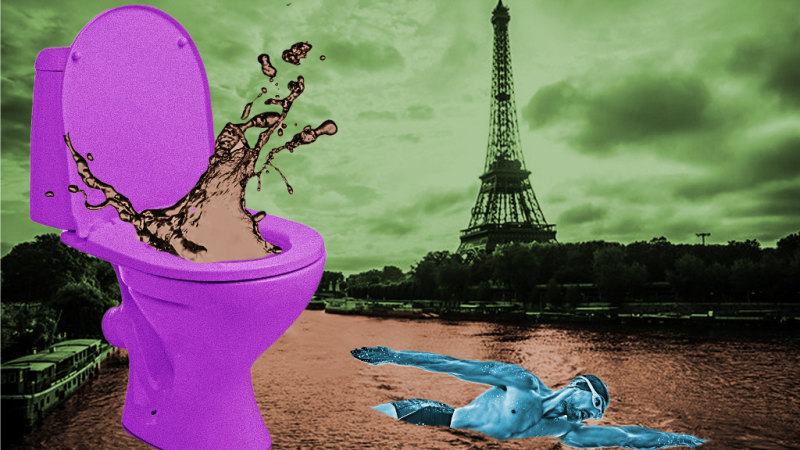The Seine is many things. A river stretching almost 800km through northern France. A UNESCO World Heritage site immortalised in art and literature.
The home of Joan of Arc’s ashes and half of Paris’ trash. The place of a planned mass poo protest. The world’s eyes will be on France’s capital on July 26 when, for the first time in Olympics history, the opening ceremony will be taken out of a stadium and turned into a river parade.

But the real controversy surrounding the Seine’s role in the Games comes later in the program, when triathletes and marathon swimmers are due to plunge into murky green-brown water too toxic for most fish to survive. So how has a river carrying so much harmful bacteria that swimming in it has been illegal for a century become an official swimming venue at the 2024 Olympics? And is it clean enough for the events to go ahead? Pretty much. Paris runs off a 19th-century “single system” drainage infrastructure, which combines household waste water from kitchens and toilets with run-off from rain on the street.
This is supposed to flow through a network of tunnels under the streets to treatment centres on the outskirts of the city. Except when there is heavy rain, at which point the overflow is drained into the Seine. That looks like sewage gushing from 40 portholes along the river’s paved banks.
When Paris first hosted the Olympics in 1900, it held swimming events in the river. But it banned public swimming in Seine in 1923 - the year befor.
















